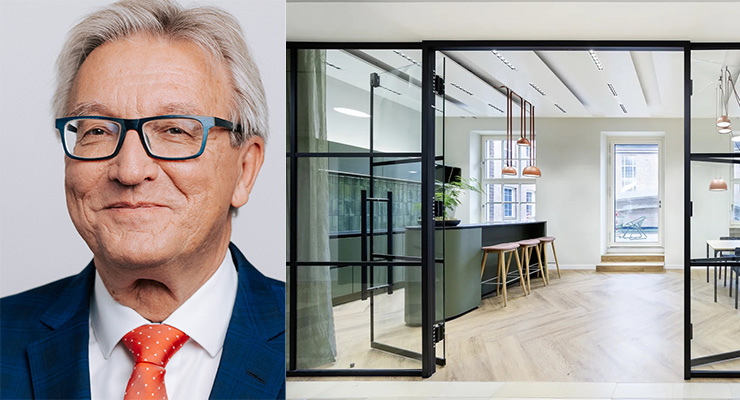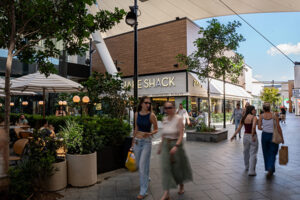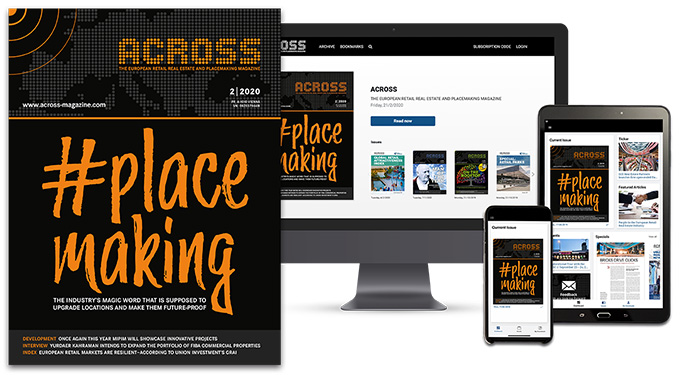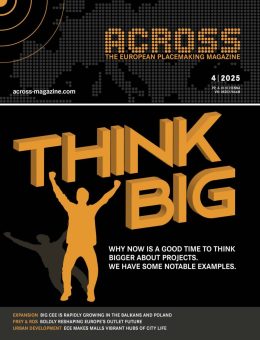For a long time, space was the dominant currency in retail. Square meters x footfall = rent: That was the tried-and-tested formula for success in retail real estate. Today we are at a turning point: The point of sale has become a meeting place, the product an experience, and the tenant – as well as the landlord – a chosen partner. Those who want to be successful in the future will have to rethink their approach – not only to retail itself, but also to what the associated retail property can and must deliver. We are currently experiencing a return to the real strength of brick-and-mortar retail: We desire more genuine encounters, personal interaction, and multi-sensory experiences – as people, not just as consumers. However, this value-oriented repositioning requires substantial further development, not only on the part of retailers, but also on the part of asset managers. The rule of thumb is: away from space, toward relevance and experience. Nowadays, successful retail real estate creates a quality environment with added value. It curates, combines, surprises – thus becoming a vibrant platform for stores, services, social encounters, hospitality, and variety.
FROM SHOPPING CENTERS TO URBAN QUARTERS
This trend toward improved quality of life, interaction, and diversity is not an isolated retail phenomenon, but rather an expression of a more deeply-running transformation in urban life as a whole. What we are seeing is a fundamental transformation – away from traditional retail real estate, such as shopping centers, and toward community centers and experience hubs. A similar trend can be seen in residential and urban development, where mixed-use and community concepts are also experiencing a renaissance. Strijp-S in Eindhoven, the Netherlands, is a very inspiring example: Once a secluded Philips factory site known as the “Forbidden City”, the area has been transformed into a lively neighborhood with trendy stores, innovative dining concepts, and creative work environments thanks to the involvement of users and residents. This project impressively demonstrates how a functional monostructure can be turned into an identity-forming place with an experience factor – and, thus, a model for future retail real estate.
However, such places do not emerge by chance – they are the result of genuine partnerships between owners, operators, and tenants.
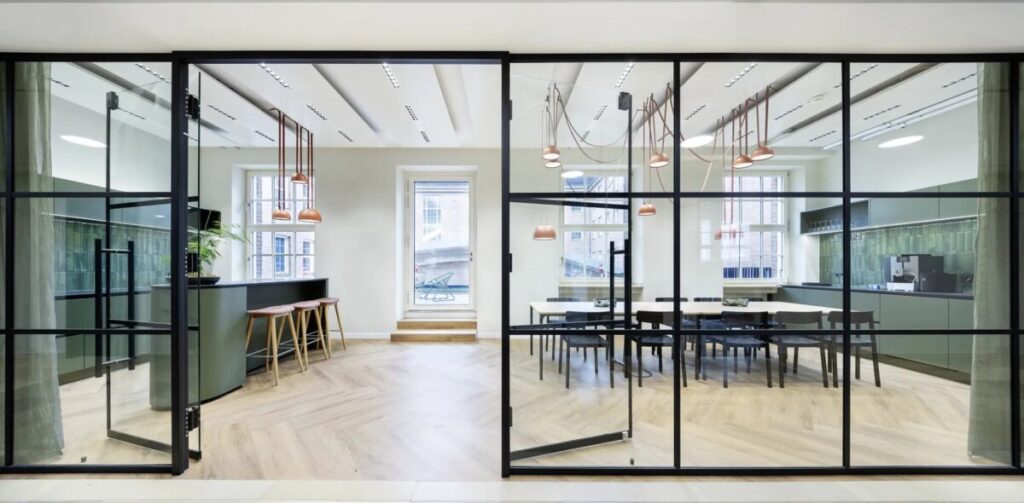
A NEW ERA OF RENTAL PARTNERSHIP
A new form of partnership has become a crucial part of this transformation. Tenants and landlords no longer find themselves on opposite sides of the negotiating table – they now play on the same field. That’s because they have a common “opponent”: loss of relevance. Their opportunity: co-creation. Asset managers who want to get the most out of their retail real estate should not just give tenants space, but should work with them to create the right conditions and to come up with ideas that will help everyone involved succeed. They need to understand what makes end customers tick, and they must be prepared to work with retailers as tenants to respond to those needs. Flexibility, new approaches, and, most importantly, opportunities to help shape the content are key.
As umdasch The Store Makers, we support retailers, real estate developers, and investors throughout this transformation process – primarily through design and store construction, but as a general contracting partner for interior fit-out as well. That gives us daily insight into how crucial the interaction between all parties is when it comes to turning a functional space into a shopping experience that offers added value.
BEST PRACTICE EXAMPLES: EXPERIENCE GENERATES FOOTFALL
The Kämmerei in Düsseldorf demonstrates how the successful transformation of a property into a vibrant, hybrid concept can be achieved. The heritage-listed former administrative building has been developed into a multi-functional location that combines working, shopping, leisure, and entertainment under one roof – a mixed-use concept that is not only economically viable but also socially beneficial. A wide range of people gather there for a variety of reasons. The open-plan ground floor opens directly onto the market square, complete with restaurants and retail outlets, making the building part of the public space and creating a catalyst for the revitalization of the city center rather than a traditional retail property.
What applies to the retail property as a whole also applies to the individual retailers on a smaller scale: experience trumps space. That’s why we created a space at Berlin’s ALEXA shopping center for the official fan shop of 1. FC Union Berlin – Union Zeughaus – that is much more than a traditional retail outlet. The store design transforms identity, emotion, and club history into a physical brand experience – all within an urban shopping context – with the help of various interactive touchpoints, such as a digital jersey forge. The space is not a store in the traditional sense, but a home away from home for fans. The experience created inspires visitors, extends their stay, and ultimately increases the overall value of the property.
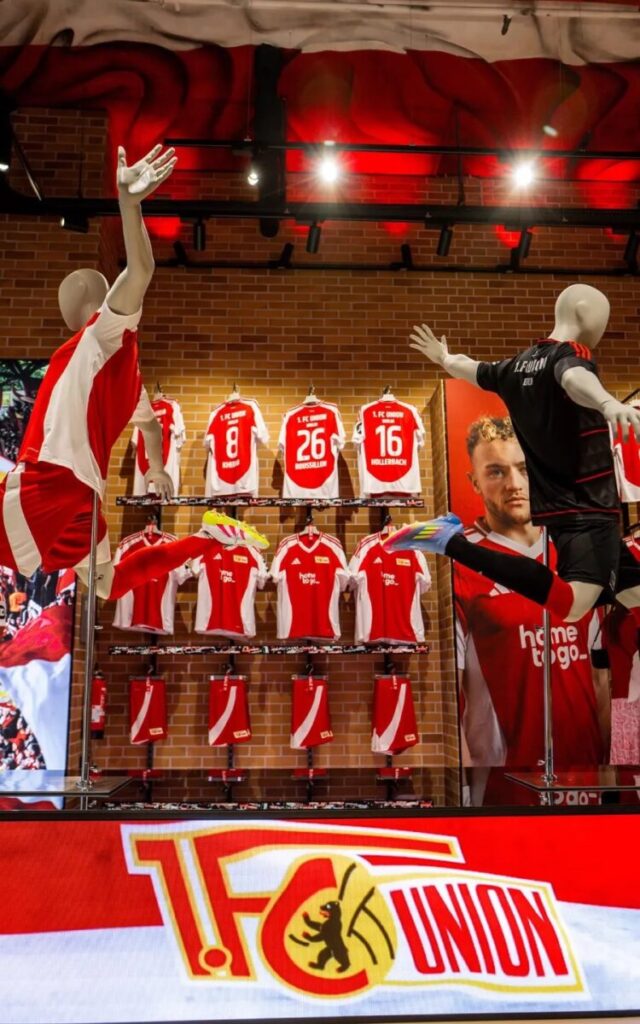
THE FORMULA FOR FUTURE RETAIL REAL ESTATE SUCCESS = EXPERIENCE X COLLABORATION
These examples confirm that it’s no longer about maximizing square meterage, but about maximizing relevance. It’s about creating meaningful reasons for people to visit, rather than fleeting eye-catchers. The most successful future retail properties will be experience magnets, not temples of consumerism. They will be places where retail, restaurants, leisure, services, and culture no longer exist side by side, but merge with and into one another. Retail real estate owners must be willing to embrace this experiential dimension – ideally in collaboration with their (selected) tenants as well as the respective community.
That fundamentally changes the role of the retail asset manager: He or she has to go from being a space marketer to a facilitator, from an operator to a host. After all, retailers need environments in which they can bring their brands to life – with the goal of not just selling products, but connecting with people. At the end of the day, that’s what really matters. People and their needs as consumers must always be at the center of everything we do.
At umdasch The Store Makers, we see ourselves as an important partner to that end. Thanks to our expertise in retail design, in shop fit-out, and as a general contractor for interior fit-out and the transformation of existing buildings, we are able to support our partners during their implementation phases as well as with their strategic and conceptual planning. We believe: If retail properties and retailers go beyond mere coexistence, instead becoming a shared stage for relevant experiences, brick-and-mortar retail will be poised to experience an exciting renaissance.

Silvio Kirchmair
CEO of umdasch The Store Makers
Credit for all images: umdasch The Store Makers
